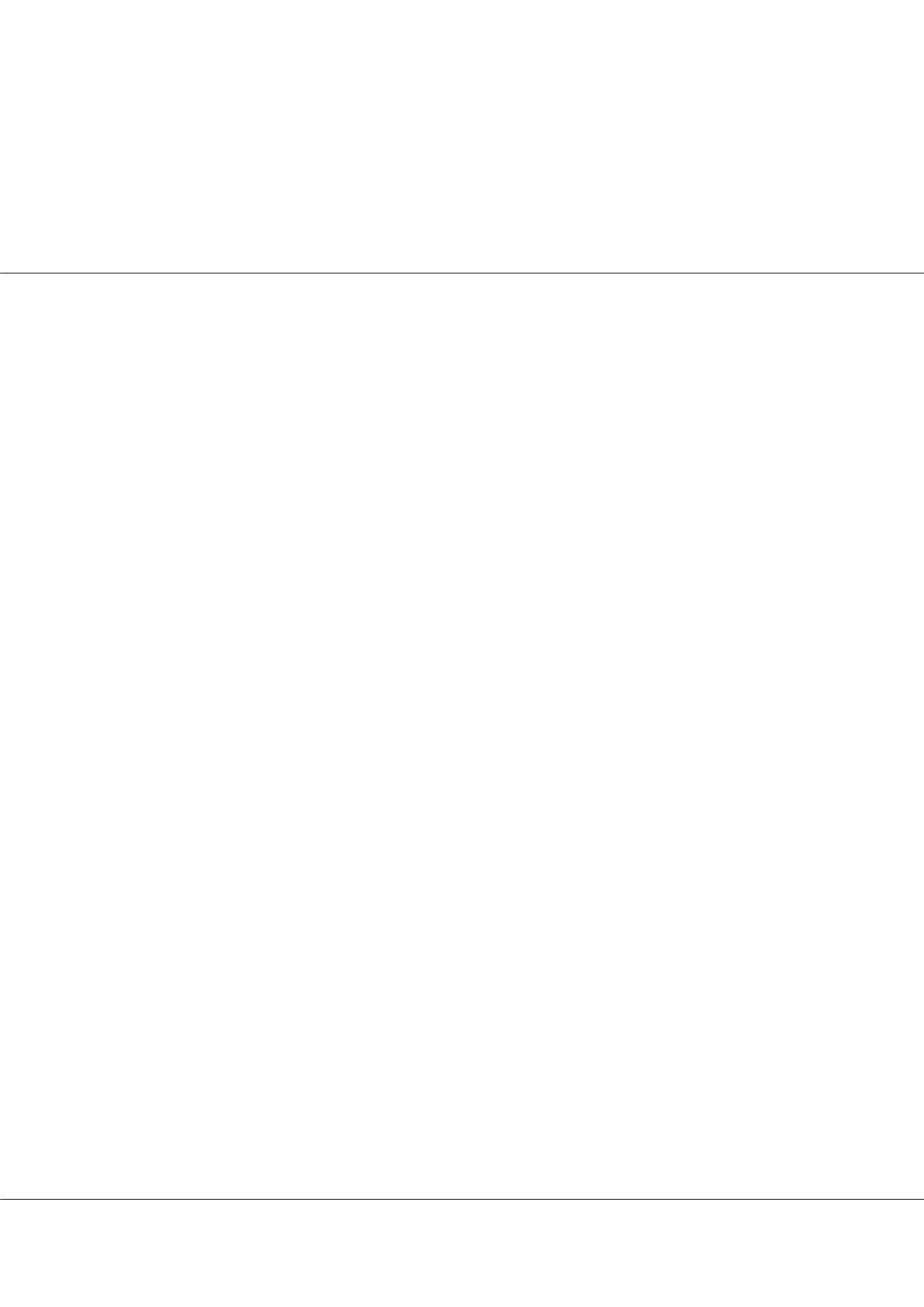

Notes:
Page 24
Chromatography 2016
September 21-23, 2016
Volume 7, Issue 5(Suppl)
J Chromatogr Sep Tech 2016
ISSN: 2157-7064 JCGST, an open access journal
conferenceseries
.com
September 21-23, 2016 Amsterdam, Netherlands
World Congress on
Chromatography
Quantification of drug metabolites in the absence of authentic standards
Filip Cuyckens
1
, Balázs Klencsár
2
, Valerie Koppen
1
, Ronald de Vries
1
, Cis Van Looveren
1
, Bjorn Meermann
2
, Lieve Balcaen
2
and
Frank Vanhaecke
2
1
Pharmacokinetics, Dynamics & Metabolism, Janssen R&D, Beerse, Belgium
2
Department of Analytical Chemistry, Ghent University, Ghent, Belgium
Q
uantification of metabolites in the absence of an authentic standard is a challenging task. Metabolites are usually present
in relatively low concentrations residing in a large background of endogenous compounds and their MS response factor
can significantly differ from the parent molecule. The use of a radiotracer overcomes these challenges and, therefore, remains
the method of choice for quantification of metabolites in complex matrices, but is not always available or cannot always be
applied. Typically samples from first-in-human studies are not radioactive but still extremely valuable giving a first insight in
human metabolism. Therefore, estimation of metabolite abundance in these samples is important and also recommended by
regulatory guidelines (ICH M3).
An overview will be given of different established and novel approaches for the quantification of metabolites in
in vitro
and
in vivo
matrices in the absence of authentic standards. The following techniques will be discussed: radioactive detection
1
,
Accelerator Mass Spectrometry (AMS), UV detection, Inductively Coupled Plasma-Mass Spectrometry (ICP-MS)
2-4
and
Electrospray Ionization-Mass Spectrometry (ESI-MS) using matrix mixing
5
or a
12
C/
14
C isotope ratio approach
6
.
Depending on the circumstances (sample volume, samplematrix, compound structure, question to be answered, availability
of a radiolabel, etc.) the right tool or combination of tools need to be selected since none of these techniques should be seen as
the standard technique that suits all measurements.
Biography
Filip Cuyckens is a Scientific Director & Fellow at Janssen R&D in Beerse, Belgium. He is responsible for Analytical Sciences in the Pharmacokinetics, Dynamics
& Metabolism (PDM) department. Analytical Sciences PDM consists of Biotransformations, focusing on metabolite profiling and identification of discovery to
late development compounds, and Discovery & Exploratory Bioanalysis, focusing on quantification of drug candidates, metabolites and biomarkers in biological
matrices. Filip earned a pharmacist degree in 1998, a degree in industrial pharmacy in 2002 and a Ph.D. in pharmaceutical sciences in
2003.Hehas (co )authored
more than 50 publications, is a member of the associate editorial board of Rapid Communications in Mass Spectrometry and board member of the Belgian Society
for Mass Spectrometry.
FCUYCKEN@its.jnj.comFilip Cuyckens et al., J Chromatogr Sep Tech 2016, 7:5(Suppl)
http://dx.doi.org/10.4172/2157-7064.C1.016















